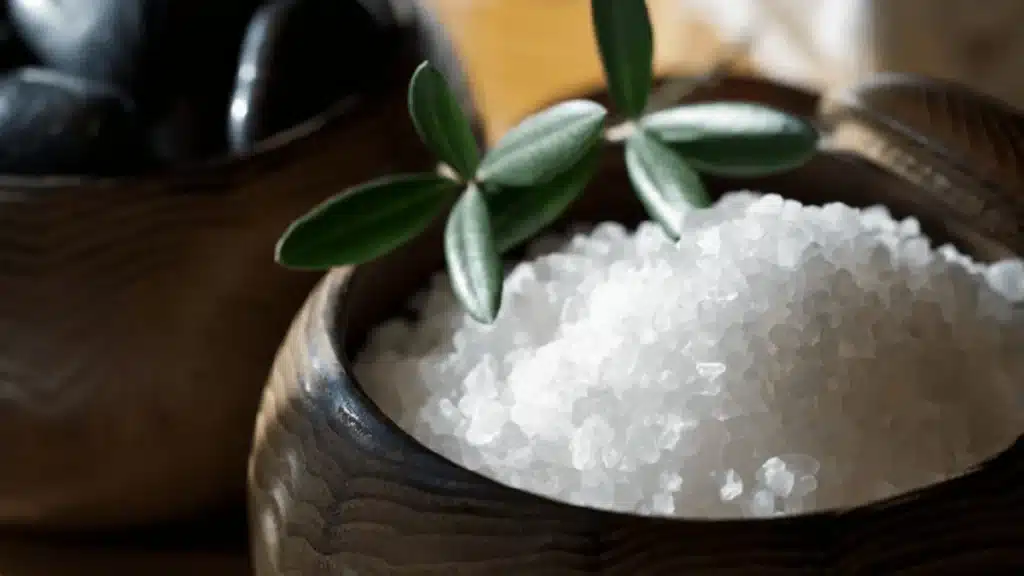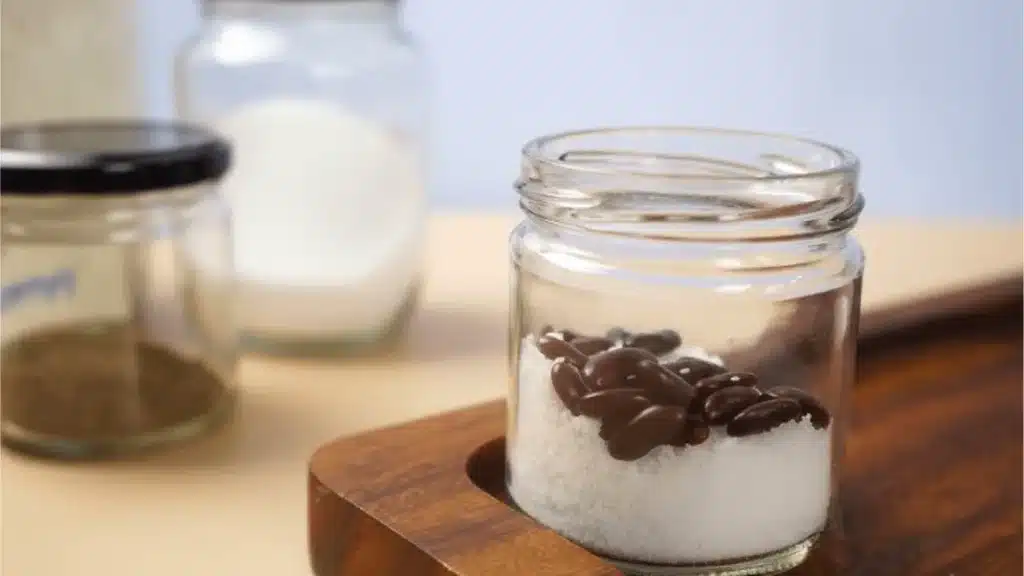
There’s a tackling a question that’s been on many minds: Does this pink wonder actually expire? Before we get into the nitty-gritty of Himalayan salt, let’s talk about rock salt in general.
Rock salt, including our pink Himalayan variety, is a mineral that’s been around for millions of years. It’s formed from the evaporation of ancient seas and has been used by humans for centuries. But does something so ancient have an expiration date? The short answer is: not really, but there’s more to the story than meets the eye.
Table of Contents
Does Pink Himalayan Salt Expire?
Now, let’s get to the heart of the matter – does that beautiful pink Himalayan salt sitting in your kitchen have an expiration date? Drum roll, please…
The truth is, pure Himalayan salt doesn’t technically expire. That’s right, you heard it here first! The reason behind this is simple: salt is a mineral, and minerals don’t spoil like organic substances do. In fact, salt has been used as a preservative for other foods for thousands of years precisely because of its ability to withstand the test of time.
But before you start hoarding Himalayan salt for the apocalypse, there’s a catch. While the salt itself doesn’t expire, its quality can deteriorate over time if not stored properly. So, while your salt won’t “go bad” in the traditional sense, it might not be as delightful to use if it’s not treated with a little TLC.
Read More: How to Use Pink Himalayan Salt for Daily Hydration
How To Keep Himalayan Salt From Expiring?
Alright, so we’ve established that Himalayan salt doesn’t expire, but it can lose its charm if we’re not careful. Let’s look at some ways to keep your pink salt in tip-top shape:
1- Keep Salt Away From Moisture

Water is salt‘s arch-nemesis. When salt comes into contact with moisture, it can clump together, making it less pleasant to use. Even worse, if moisture gets trapped in your salt container, it can create an environment where microorganisms might grow. Yuck!
To keep your Himalayan salt dry and happy:
- Store it in a cool, dry place
- Use airtight containers
- Consider adding a few grains of rice to your salt container to absorb any excess moisture
2- Store Salt Properly
Proper storage is key to maintaining the quality of your Himalayan salt. Here are some tips:
- Use glass or ceramic containers: These materials are non-reactive and won’t affect the salt’s flavor.
- Avoid plastic containers: Some plastics can leach chemicals into your salt over time.
- Keep it away from strong odors: Salt can absorb odors from its environment, so store it away from spices or other strong-smelling foods.
- Use a salt cellar: If you’re a frequent cook, consider using a salt cellar. It keeps your salt easily accessible while protecting it from kitchen splashes and spills.
Read More: Understanding the Mineral Composition of Himalayan Pink Salt
Can Himalayan Salt Go Bad?
Now, I know what you’re thinking – “You just said it doesn’t expire, but can it go bad?” Well, it’s a bit of a grey area. Pure Himalayan salt doesn’t spoil or go rancid like other foods. However, there are a few scenarios where your salt might become less than ideal:
- Contamination: If foreign substances get into your salt, it could become unsafe to use. This is why proper storage is so important!
- Moisture damage: As we mentioned earlier, if your salt gets wet and stays wet, it could potentially grow mold or bacteria.
- Loss of iodine: If your Himalayan salt is iodized (which is rare, but possible), the iodine content can decrease over time. This doesn’t make the salt “bad,” but it might not provide the iodine benefits you’re looking for.
- Texture changes: Over time, especially if exposed to moisture, your salt might clump or harden. While this doesn’t make it unsafe, it can be less convenient to use.
Himalayan food is well established in the utilization of new, seasonal ingredients obtained from the rich landscapes that border the mountain range. Staples like rice, millet, buckwheat, and grain structure are the premise of many dishes, joined by a variety of nearby developed vegetables, spices, and tastes. The area’s plentiful biodiversity likewise gives a variety of meats like yak, goat, sheep, and poultry, which are frequently, arranged utilizing customary cooking techniques like slow cooking, barbecuing, and steaming.
How To Tell If Salt Has Expired?
While Himalayan salt doesn’t technically expire, there are a few signs that it might be past its prime:
- Clumping: If your salt has formed hard clumps, it’s likely been exposed to moisture. While not necessarily unsafe, it might be less pleasant to use.
- Off odors: Pure salt should be odorless. If your salt has developed a strange smell, it might have absorbed odors from its environment or become contaminated.
- Visible contaminants: If you see anything in your salt that shouldn’t be there (like small insects or foreign objects), it’s best to discard it.
- Changes in color: Himalayan salt should maintain its pink hue. If you notice any unusual discoloration, it might be a sign of contamination.
Remember, when in doubt, throw it out. Salt is relatively inexpensive, so it’s better to be safe than sorry!
Read Our Realted Blogs:
Conclusion
So, there you have it, folks! The lowdown on Himalayan salt expiration. While this pink beauty doesn’t have an expiration date in the traditional sense, it’s not entirely immortal either. With proper storage and a little attention, your Himalayan salt can last indefinitely, adding a burst of flavor and a pop of color to your culinary creations for years to come.
Remember, the key to long-lasting Himalayan salt is keeping it dry, clean, and well-stored. Treat it right, and it’ll be your faithful kitchen companion through countless meals and seasons.
Share This Post
Article By

